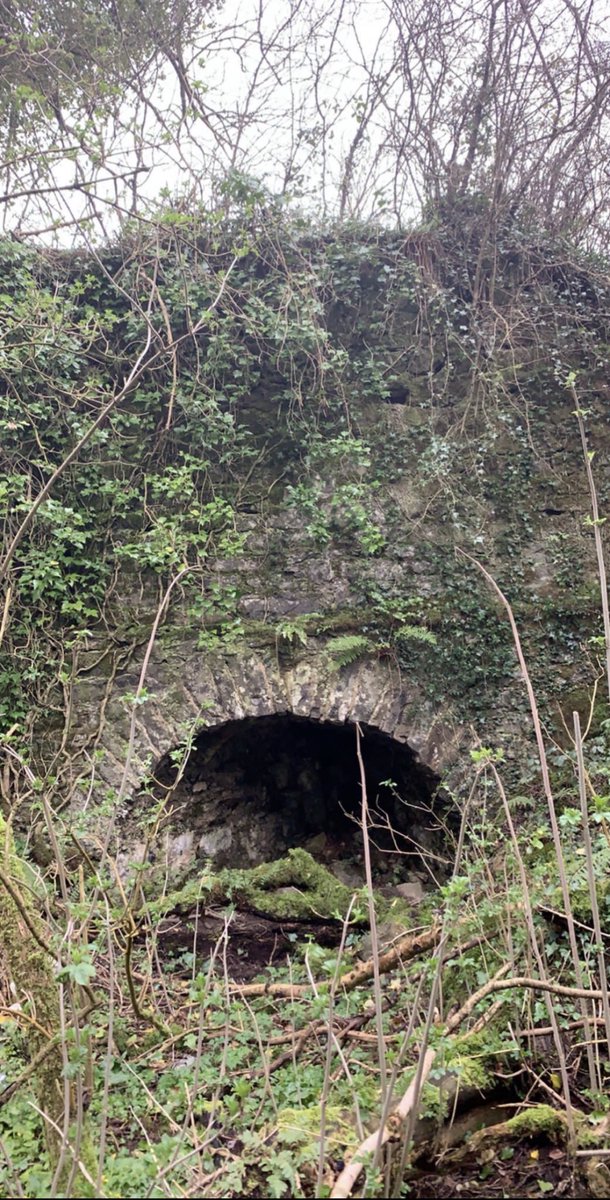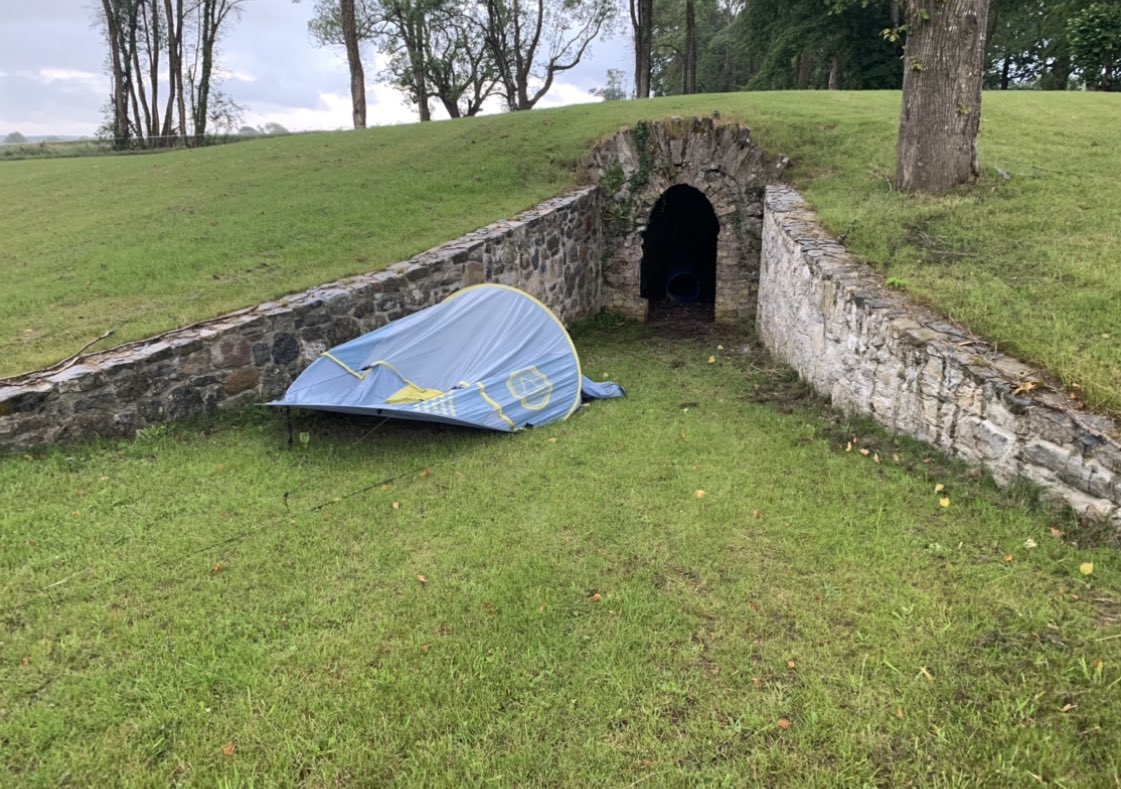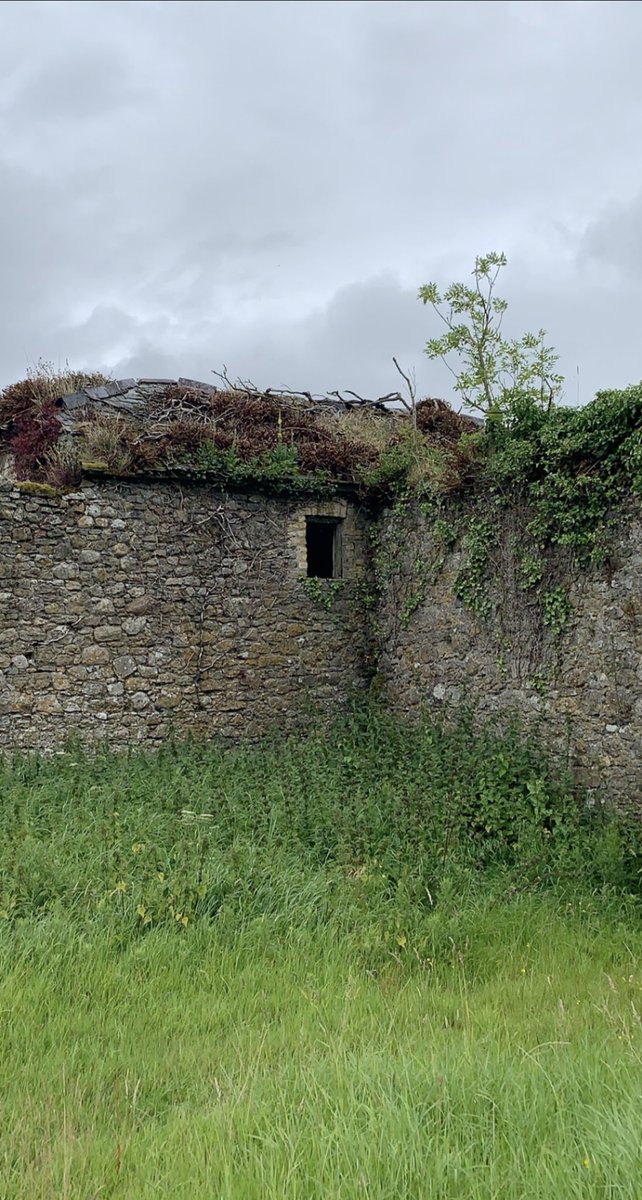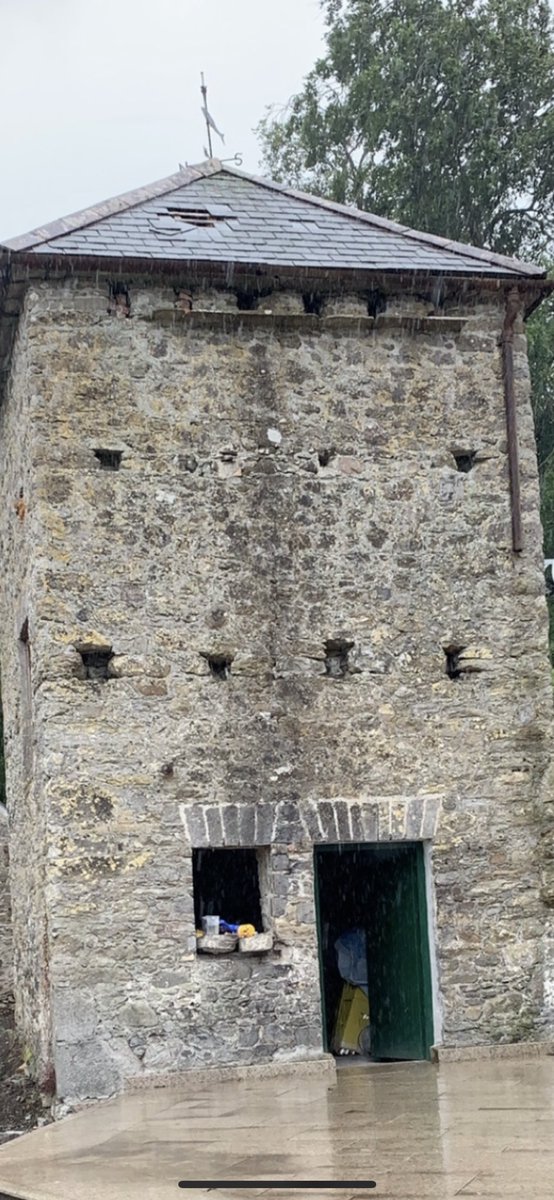Day 7 of #FarmlandBiodiversity and today, something slightly different. Old stone structures on farms are an important part of our cultural heritage but did you know they are important for wildlife too? This is one of our lime kilns, let me explain more....
Back in the 19th & 20th century, this was use to burn limestone into lime, mainly used to improve heavy clay soils but also used as mortar for building. Look at it now. Perfect habitat for bats and owls! It’s in a deep wooded area so little disturbance #FarmlandBiodiversity
Here is another lime kiln on another one of the farms, in this case I’ve allowed mosses, lichens and ferns to grow. Both these lime kilns appear on the historical maps of the late 1800s #FarmlandBiodiversity
At Milltown Park in Offaly we have this ice house, an underground structure which again is a perfect habitat for bats. In the 18th & 19th centuries it was used to store ice for the household #FarmlandBiodiversity
This is the gardeners cottage in the walled garden. Derelict buildings like these on farms are ideal nesting habitats for birds like starlings and swallows #FarmlandBiodiversity
Here is the dovecote, another ideal roost for bats. Did you know all 9 bat species which occur in Ireland use buildings as maternity & winter roosts? Buildings like this are also ideal for swifts, swallows and house martins #FarmlandBiodiversity
This is the old apple store which now sits in the middle of a field. Remember to fence off structures like this from any livestock who may cause further damage. Buildings like these are an important part of our cultural heritage but also important for #FarmlandBiodiversity!

 Read on Twitter
Read on Twitter






